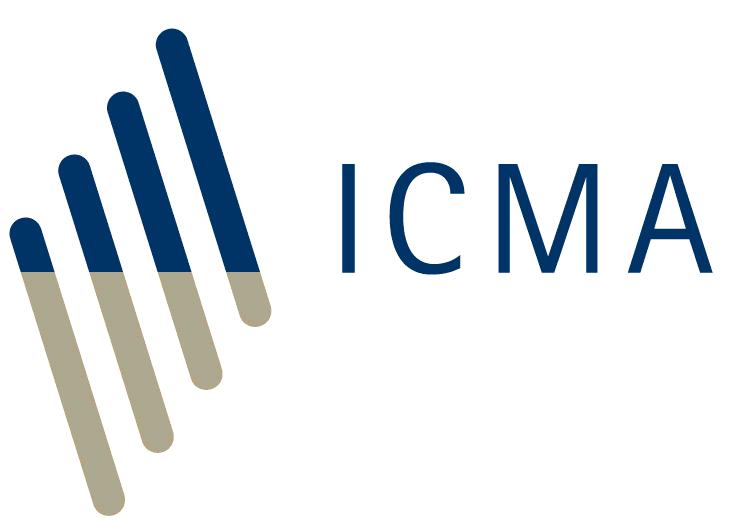Repurchase transactions and buy/sell-backs are both types of repo and both function (outside the US --- see question 14) by means of the legal sale of collateral but behave economically like secured deposits (see question 1). One principal difference between these two types of repo stems from the fact that a repurchase transaction is always evidenced by a written contract, whereas a buy/sell-back may or may not be documented. To document a buy/sell-back, the parties to the ICMA’s Global Master Repurchase Agreement (GMRA) agree to apply the Buy/Sell Back Annex to the standard GMRA. Because repurchase transactions and documented buy/sell-backs are written contracts, they are legally more robust and commercially more flexible than undocumented buy/sell-backs.
Because an undocumented buy/sell-back lacks a written contract, its sale and repurchase legs are considered to be separate contracts. The lack of a contractual relationship between the parties to an undocumented buy/sell-back, other than on the first and last day of a transaction, means that it is not possible for one party to make a legally-enforceable variation margin call on the other in order to eliminate any differences that open up between the values of the cash and the collateral during the life of the repo. In addition, because they are undocumented, the right to net opposite obligations following a counterparty default is less certain because obligations under separate contracts may not be regarded as mutual in some jurisdictions and the intention of the parties has not been made explicit. These deficiencies make undocumented buy/sell-backs riskier.
Another key principal difference between a documented buy/sell-back and a repurchase transaction is that the former uses the same method as an undocumented buy/sell-back to deal with coupons, dividends or other income payments made on collateral during the term of a repo (see question 22). In the case of a repurchase transaction, an immediate and equal income payment (often call a manufactured payment) is made by the buyer to the seller. In the case of a buy/sell-back, there is no income payment between buyer and seller. Instead, the repurchase price to be paid on the repurchase date is reduced by the amount of the income payment on the collateral plus some extra interest to compensate the seller for the delay between the income payment date on the collateral and the repurchase date of the repo.
The EU Securities Financing Transaction Regulation (SFTR) incorrectly defines a buy/sell-back as an undocumented repo (Article 5(a)).
Some markets predominantly use repurchase transactions (eg US, UK, France, Belgium, Netherlands and Switzerland). Other markets predominantly or even exclusively use buy/sell-backs (eg Italy until 2017, Spain and most emerging markets).
Back to Frequently Asked Questions on Repo contents page
<<< Previous page Next page >>>







